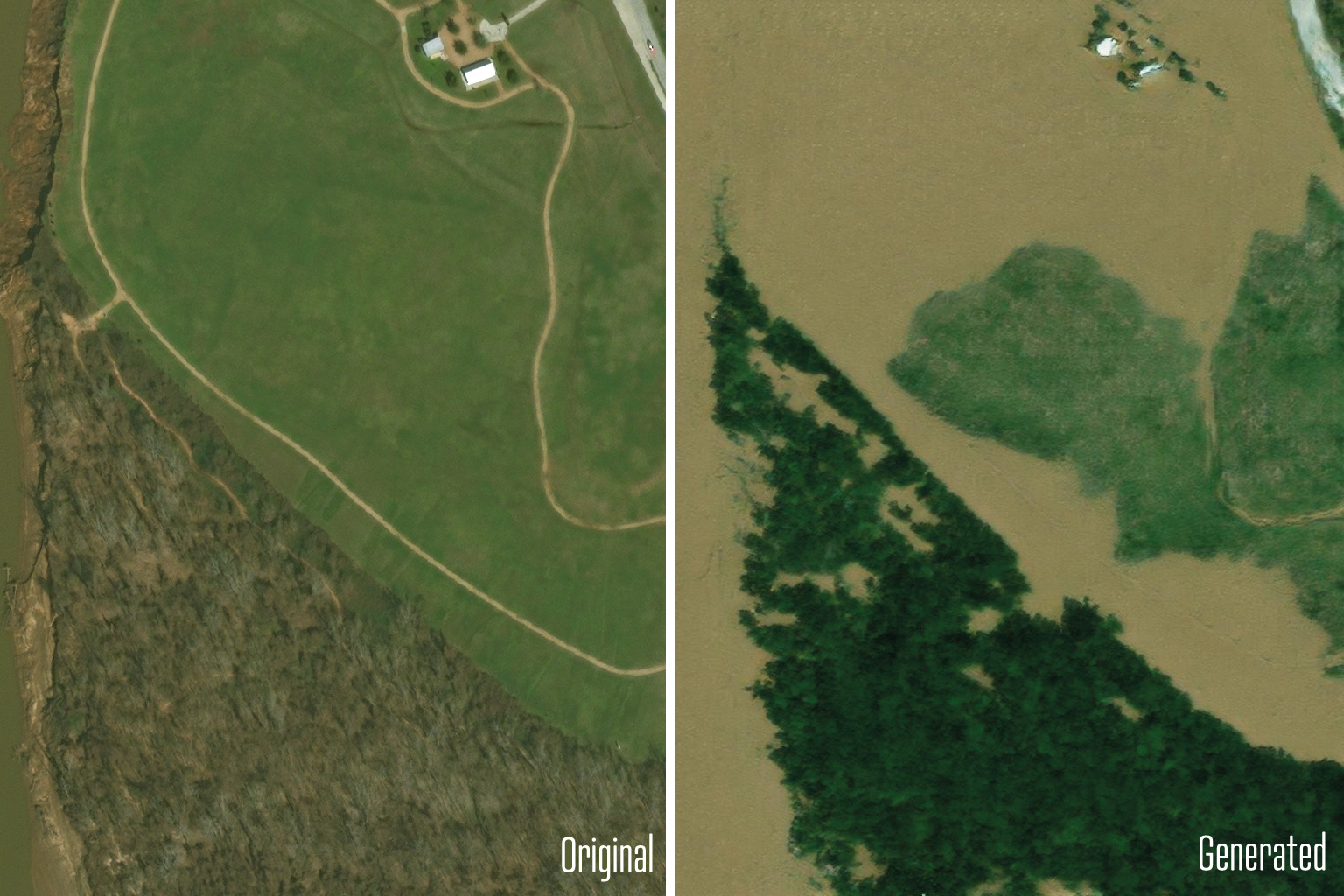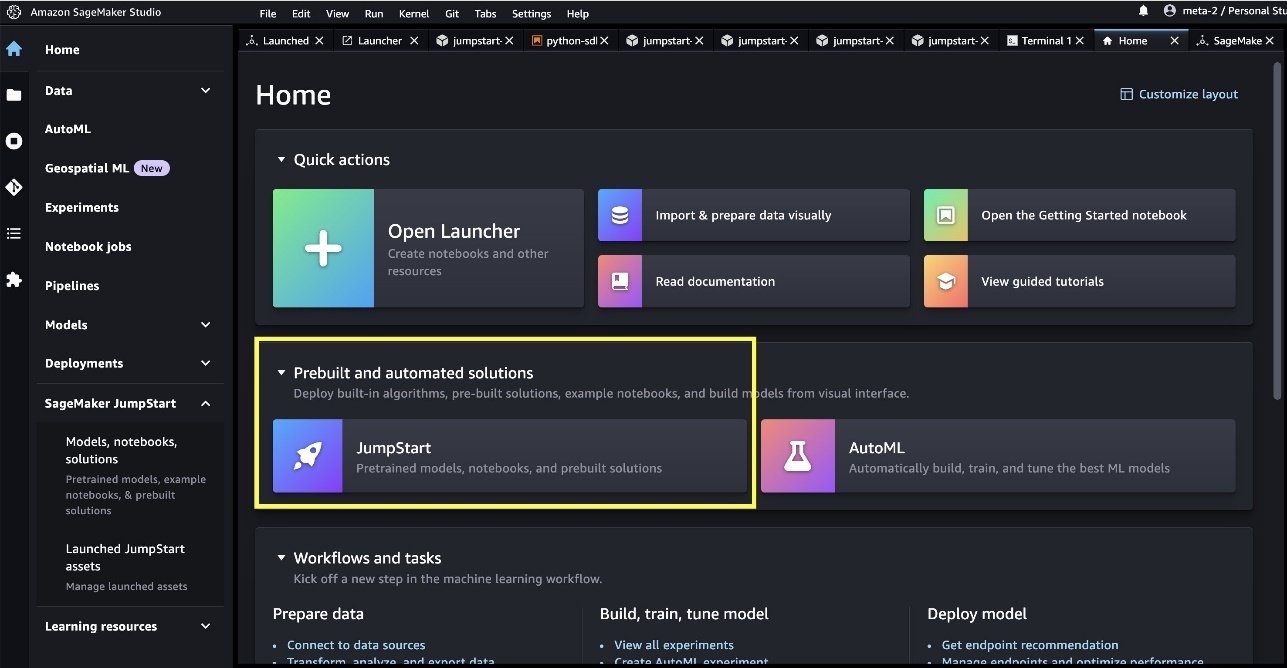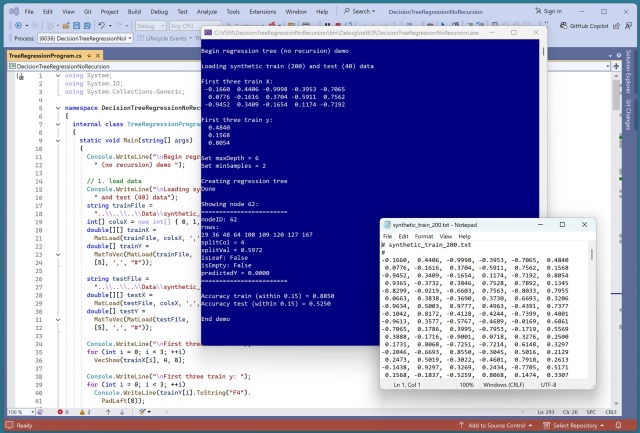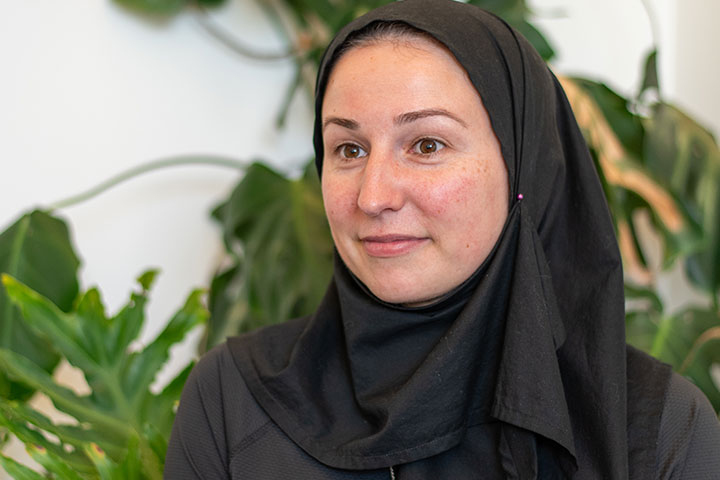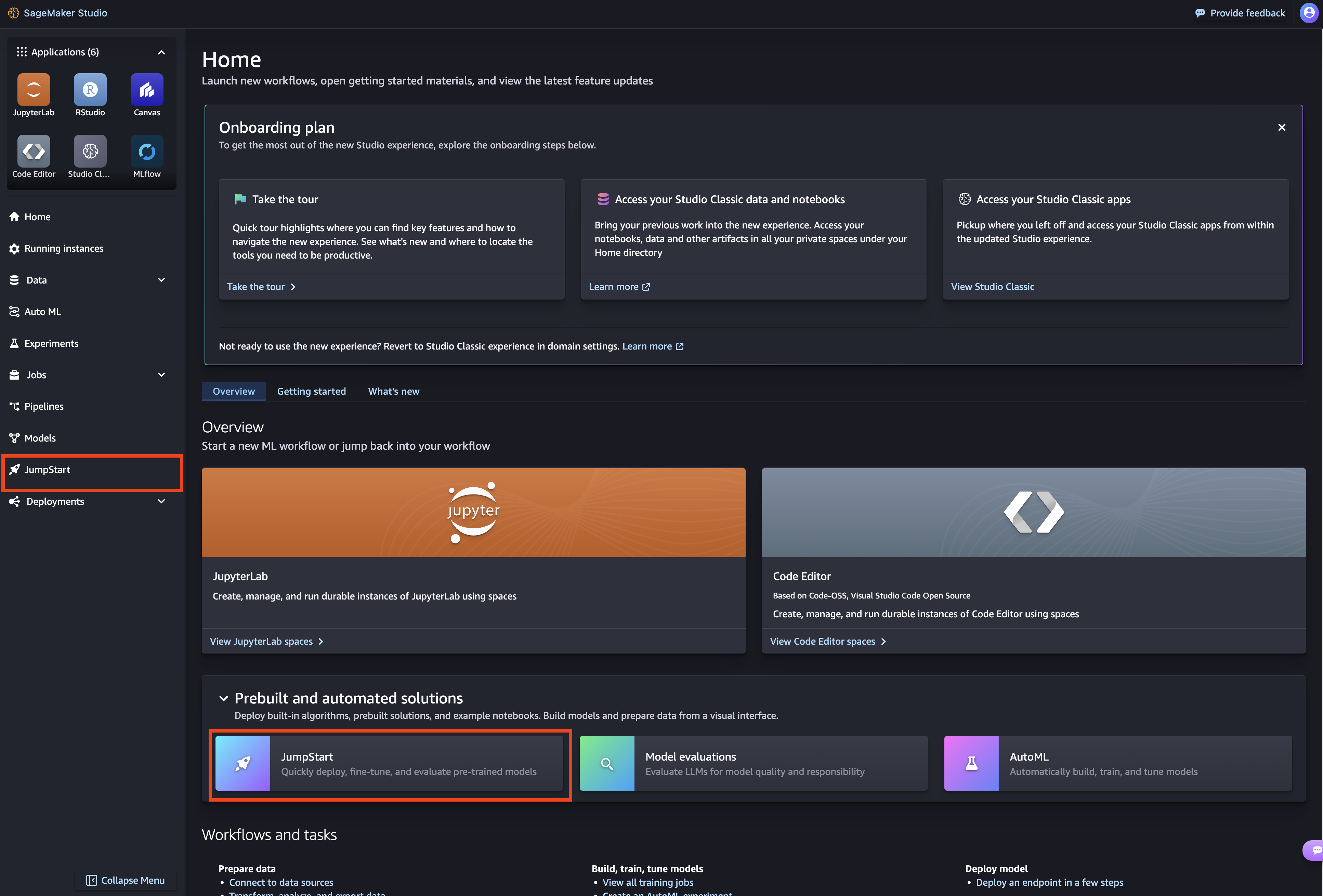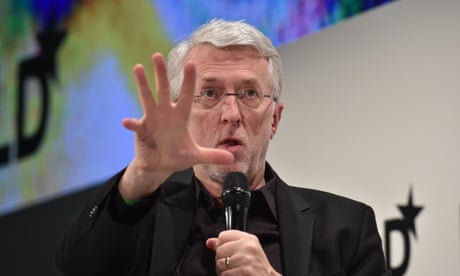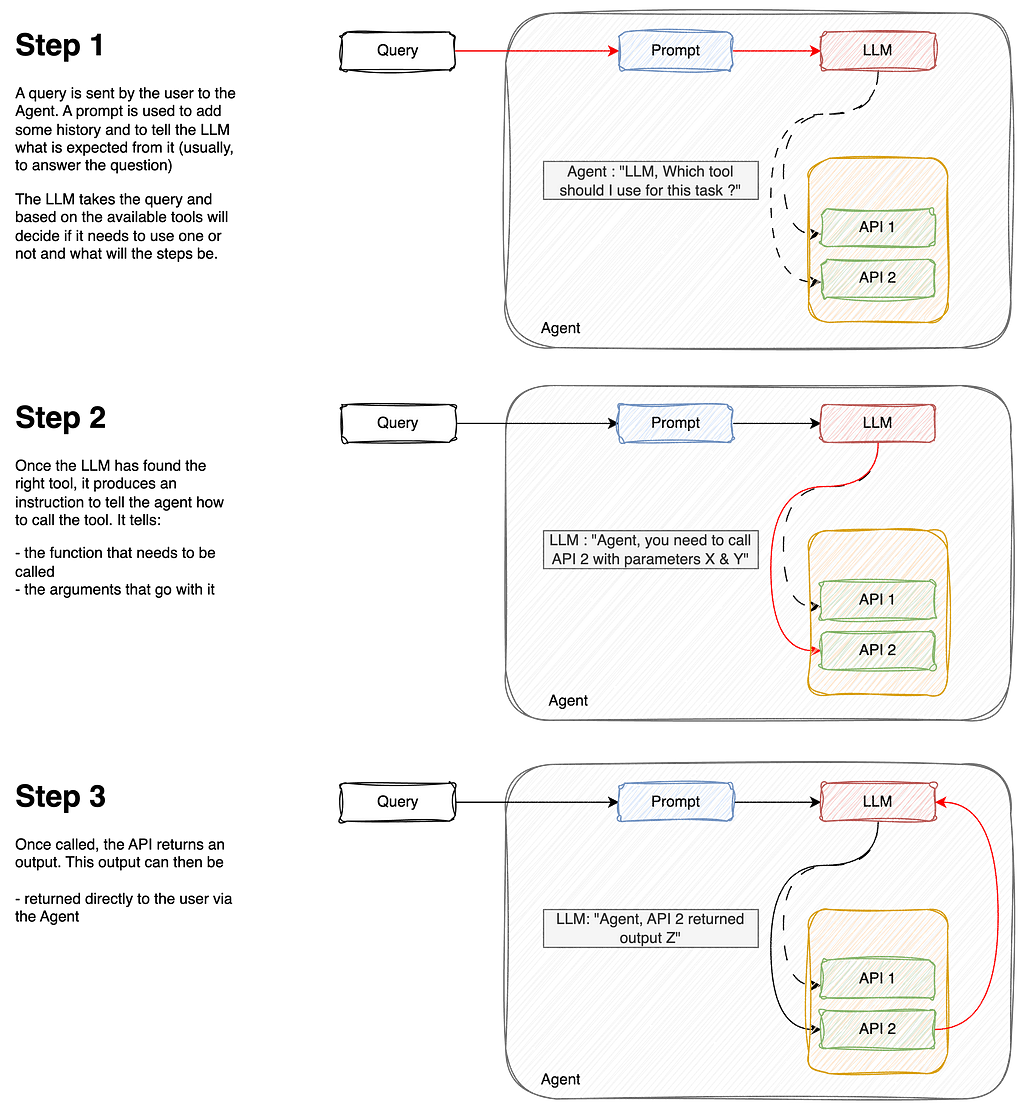MIT scientists develop method using AI and physics to generate realistic satellite images of future flooding impacts, aiding in hurricane preparation. The team's "Earth Intelligence Engine" offers a new visualization tool to help increase public readiness for evacuations during natural disasters.
Generative AI tools like ChatGPT and Claude are rapidly gaining popularity, reshaping society and the economy. Despite advancements, economists and AI practitioners still lack a comprehensive understanding of AI's economic impact.
Meta Llama 3.1 LLMs with 8B and 70B inference support now on AWS Trainium and Inferentia instances. SageMaker JumpStart offers secure deployment of pre-trained models for customization and fine-tuning.
Software engineer James McCaffrey designed a decision tree regression system in C# without recursion or pointers. He removed row indices from nodes to save memory, making debugging easier and predictions more interpretable.
Far-right parties in Europe are using AI to spread fake images and demonize leaders like Emmanuel Macron. Experts warn of the political weaponization of generative AI in campaigns since the EU elections.
123RF improved multilingual content discovery using Amazon OpenSearch Service and AI tools like Claude 3 Haiku. They faced challenges in translating metadata into 15 languages due to cost and quality issues.
Marzyeh Ghassemi combines her love for video games and health in her work at MIT, focusing on using machine learning to improve healthcare equity. Ghassemi's research group at LIDS explores how biases in health data can impact machine learning models, highlighting the importance of diversity and inclusion in AI applications.
John Snow Labs' Medical LLM models on Amazon SageMaker Jumpstart optimize medical language tasks, outperforming GPT-4o in summarization and question answering. These models enhance efficiency and accuracy for medical professionals, supporting optimal patient care and healthcare outcomes.
Police chief warns of criminals using AI to target victims in new ways. Urges law enforcement to adapt quickly to combat evolving threats.
Jeff Jarvis, former TV critic and online media leader, warns of internet regulation affecting freedoms in his new book, The Web We Weave. He emphasizes the dangers of moral panic and the need to reclaim the web from tech bros to prevent stifling regulations.
University of South Australia revives viva voce tradition to enhance student knowledge testing. Oral exams adapt to combat AI challenges in academia, fostering authentic assessment.
LLMs struggle with accessing real-time data. LangChain agents and Gemini tools offer a solution by integrating external sources for personal assistants.
Pat McFadden warns at Nato conference that Russia aims to target UK's electricity grid using AI. London to launch Laboratory for AI Security Research to counter emerging threats.
Kim Kardashian's bizarre photoshoot with Tesla's Optimus bot raises questions about the use of robots by the 'warrior class'. The billionaire's interaction with the humanoid robot blurs the line between avant-garde art and dystopian thirst traps.
AI-powered shopping assistant ChatGPT challenges gift-giving experts. Can it master the art of thoughtful present selection?

